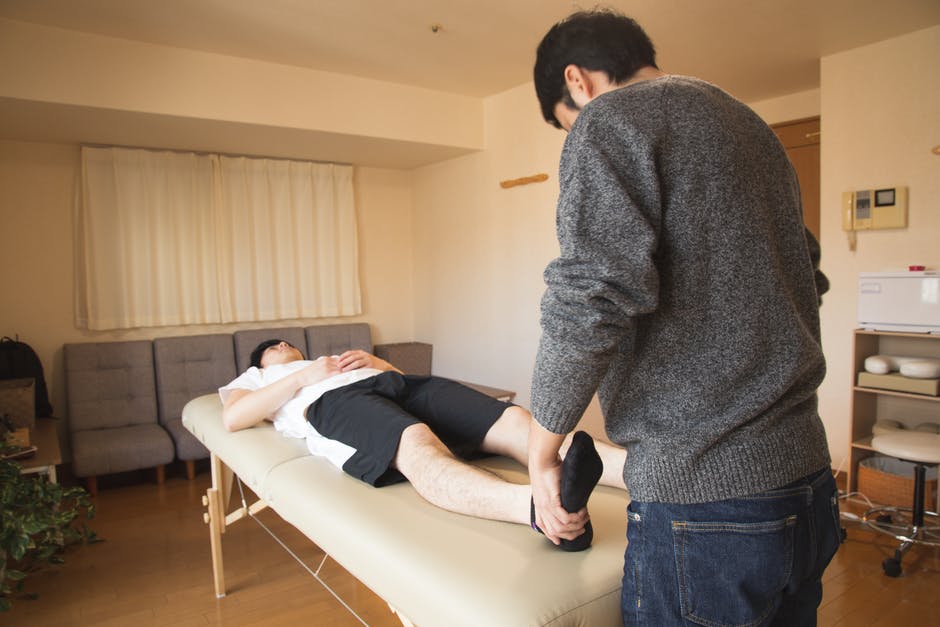Did you know that the average physical therapy clinic sees 100-200 patients a week? It’s a medical field that provides relief to athletes, older adults, and those with healing injuries.
Many physical therapists choose to specialize in an area of practice to better serve their patients. If you’re curious about what types of physical therapy make sense for your treatment or physical therapy education, read on to learn more.
Types of Physical Therapy
Physical therapy is a common alternative to traditional pain treatment and surgical procedures. Five distinct practice areas include:
- Geriatric physical therapy
- Pediatric physical therapy
- Orthopedic physical therapy
- Neurological physical therapy
- Cardiopulmonary physical therapy
These specialties require certification by the American Board of Physical Therapy Specialties. There are 30,000 physical therapists with a certified specialty in the US.
Geriatric Physical Therapy
Age-related conditions are at the core of geriatric physical therapy. Physical therapists in this specialty work with aging patients to manage pain from:
- Arthritis
- Osteoporosis
- General joint stiffness
Some patients may be living with progressive diseases like Parkinson’s or Alzheimer’s that impact their daily activities. Physical therapy may encourage muscle strength, balance, and help to prevent falls.
Pediatric Physical Therapy
Pediatric patients have unique needs that may inhibit their development. Common disorders and conditions include:
- Developmental delays
- Cerebral palsy and other genetic disorders
- Cystic fibrosis
- Scoliosis
- Brain injuries
- Acute injury
- Birth defects
- Limb deficiencies
- Muscle diseases
- Orthopedic disabilities
Pediatric physical therapists are passionate about working with children. They may work in environments like:
- Schools
- Outpatient centers
- Rehabilitation facilities
- A child’s home
Pediatric physical therapists may need to educate parents and guardians on a child’s treatment plan.
Orthopedic Physical Therapy
Orthopedic physical therapy is the most common type of physical therapy. These therapists treat conditions of the bones, muscles, ligaments, tendons, and joints.
Patients may be recovering from surgery, an injury, or a degenerative disease. Common treatments include:
- Stretching
- Exercise
- Strength training
- Hot and cold applications
- Electrical muscle stimulation
All physical therapy treatments work to restore musculoskeletal function. Most patients need 6-12 sessions to feel results.
Neurological Physical Therapy
Neurological physical therapists treat conditions of the spine and nervous system. Patients come to this specialty if they are recovering from:
- Brain or spinal cord injuries
- Sciatica
- Neuropathy
- Fibromyalgia
Neurological physical therapy can also help patients manage genetic conditions like cerebral palsy. Therapists may treat patients in:
- Acute care
- Rehabilitation centers
- Assisted living centers
- Hospitals
Patients may find it is easier to live on their own after treating a progressing disease.
Cardiopulmonary Physical Therapy
Cardiopulmonary physical therapists provide cardiac-specific rehabilitation. Patients may have experienced:
- Heart attacks
- Heart disease
- Conditions resulting in blood flow restriction
In cardiac rehabilitation, physical therapists focus on building cardiac endurance. This is usually accomplished through exercise and stress management techniques.
Learn More About Your Health
You know what they say– health is wealth. Make the right decisions about your body through knowledgeable online resources. You can find more health and fitness advice on our blog and proceed with confidence!











